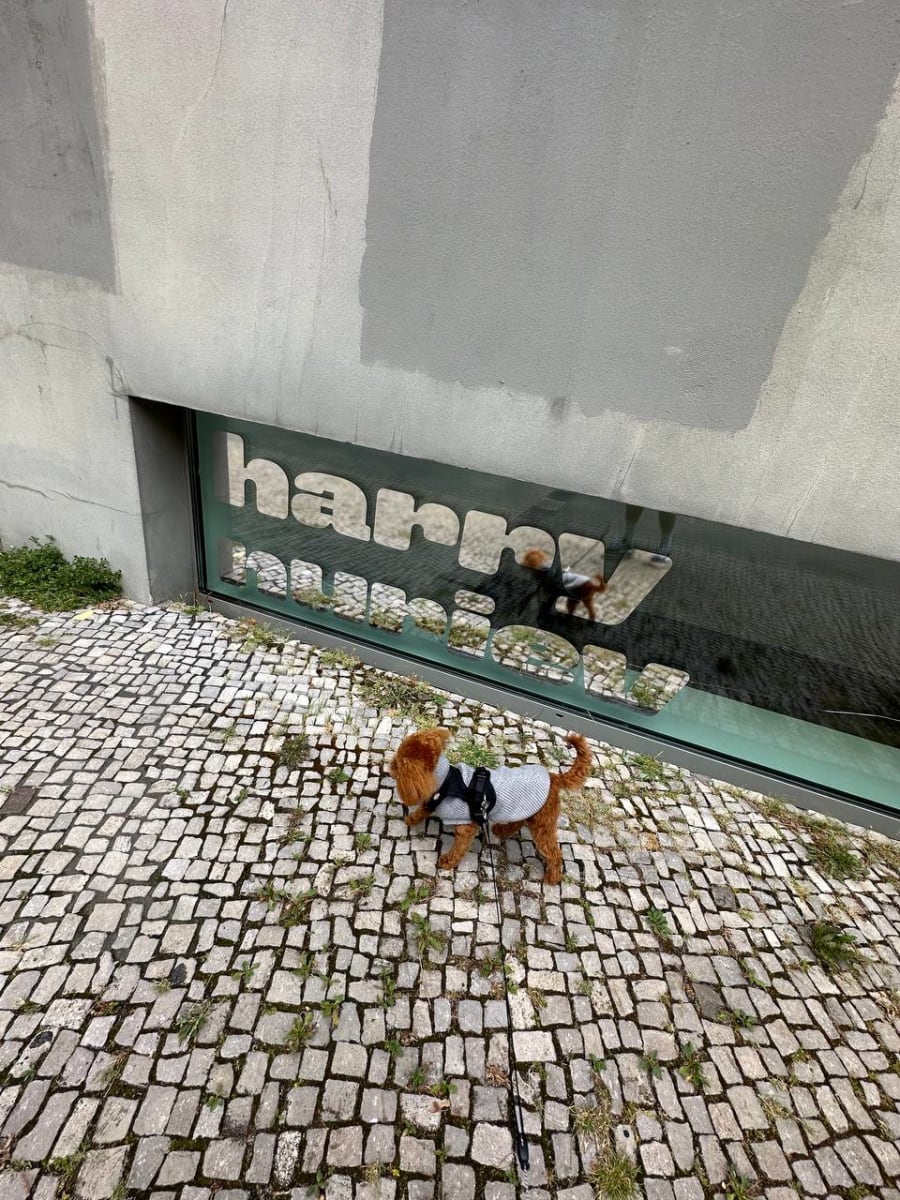The article you’re reading comes from our archive. Please keep in mind that it might not fully reflect current views or trends.
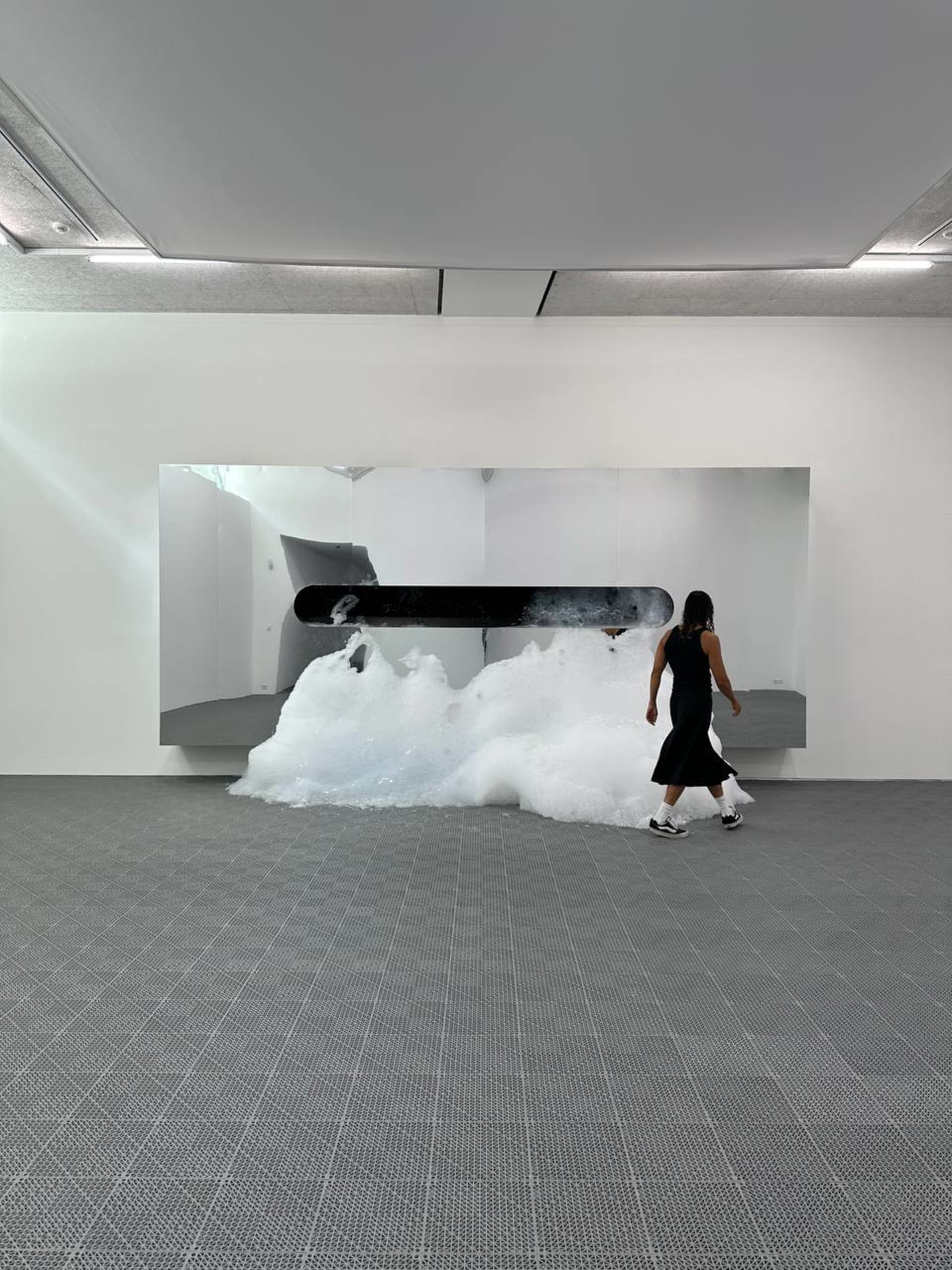
Harry Nuriev: “I like this feeling of naive desire to change the world”
Get to know the Paris-based all-rounder turning foam into art.
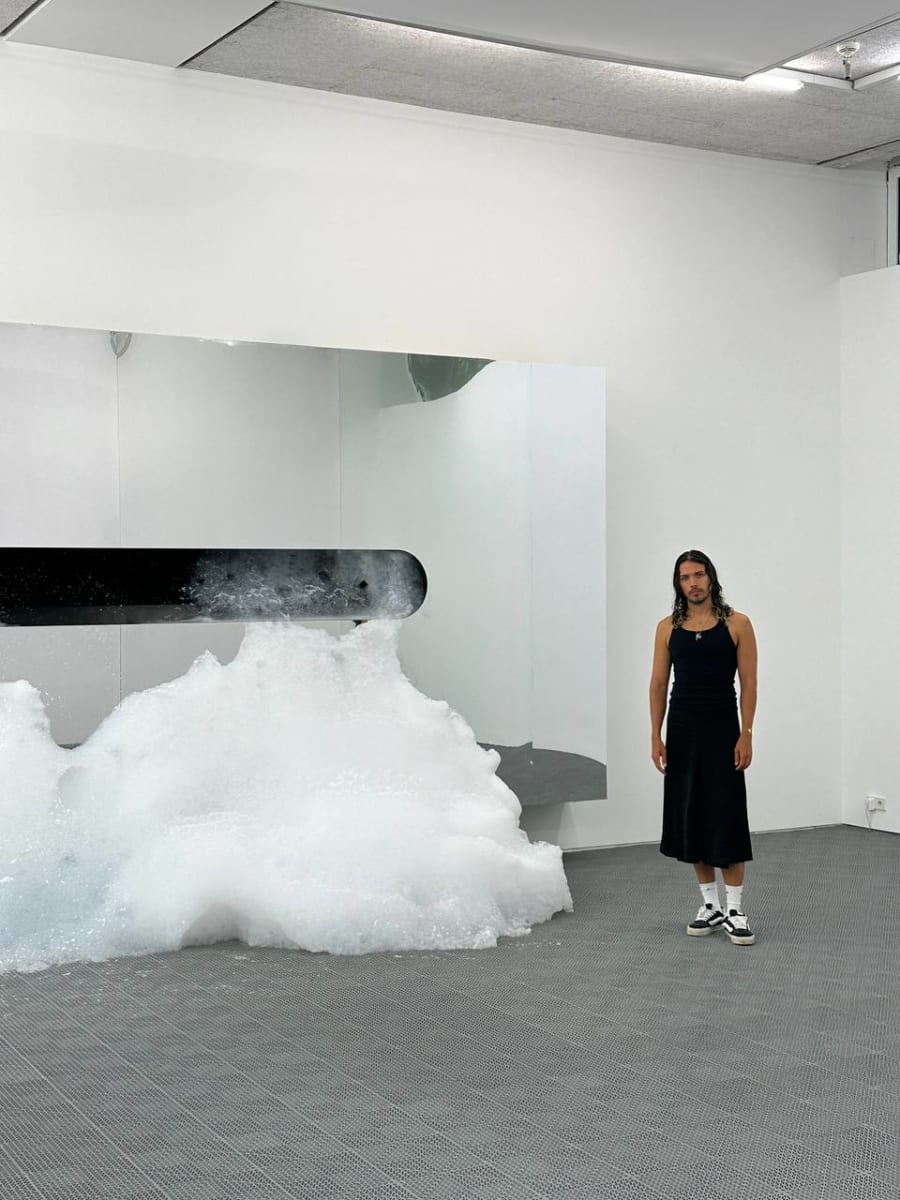
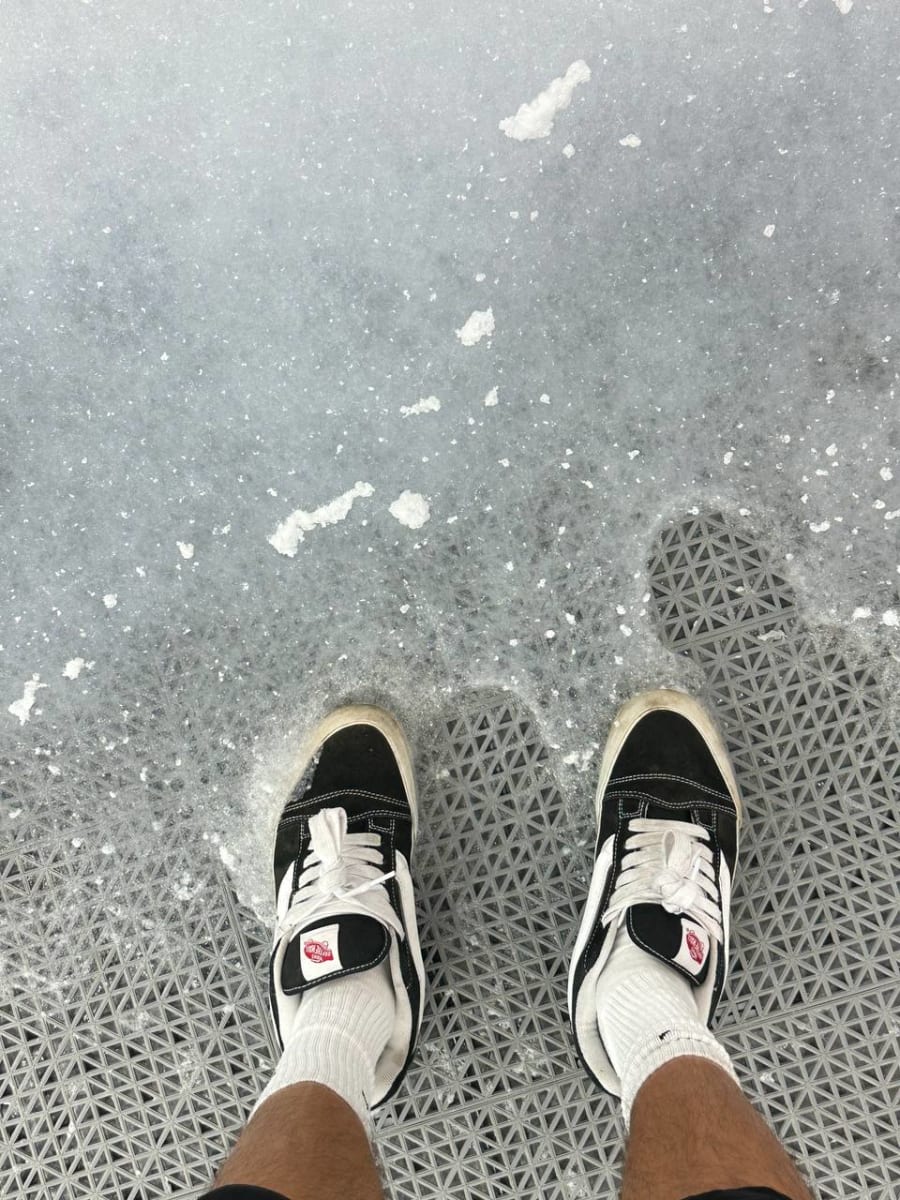
Text: Juule Kay
Have you ever seen a gigantic tissue box releasing volumes of white foam? What sounds like a fever dream is, in fact, reality. The New York- and Paris-based artist and designer Harry Nuriev created “The Foam Room” during Berlin Art Week, which invites the visitors to engage, reflect and immerse. The founder and creative director of Crosby Studios is known for his unusual way of thinking and questioning our state of mind. Is it an art space? A bathroom? A foam party? Whatever you choose it to be, it stays with you for a while. In line with the topics of consumerism and cleanliness, the exhibition also features soap bars hanging on the spotless gallery walls with imbedded objects like old cell phones, lighters and cigarette stumps–everyday life artifacts found in Berlin. The collaboration with DITTRICH & SCHLECHTRIEM and Telekom Electronic Beats extended to an after party featuring special screen installations as a digital extension of his physical work and tunes by Dixon and FIONA.
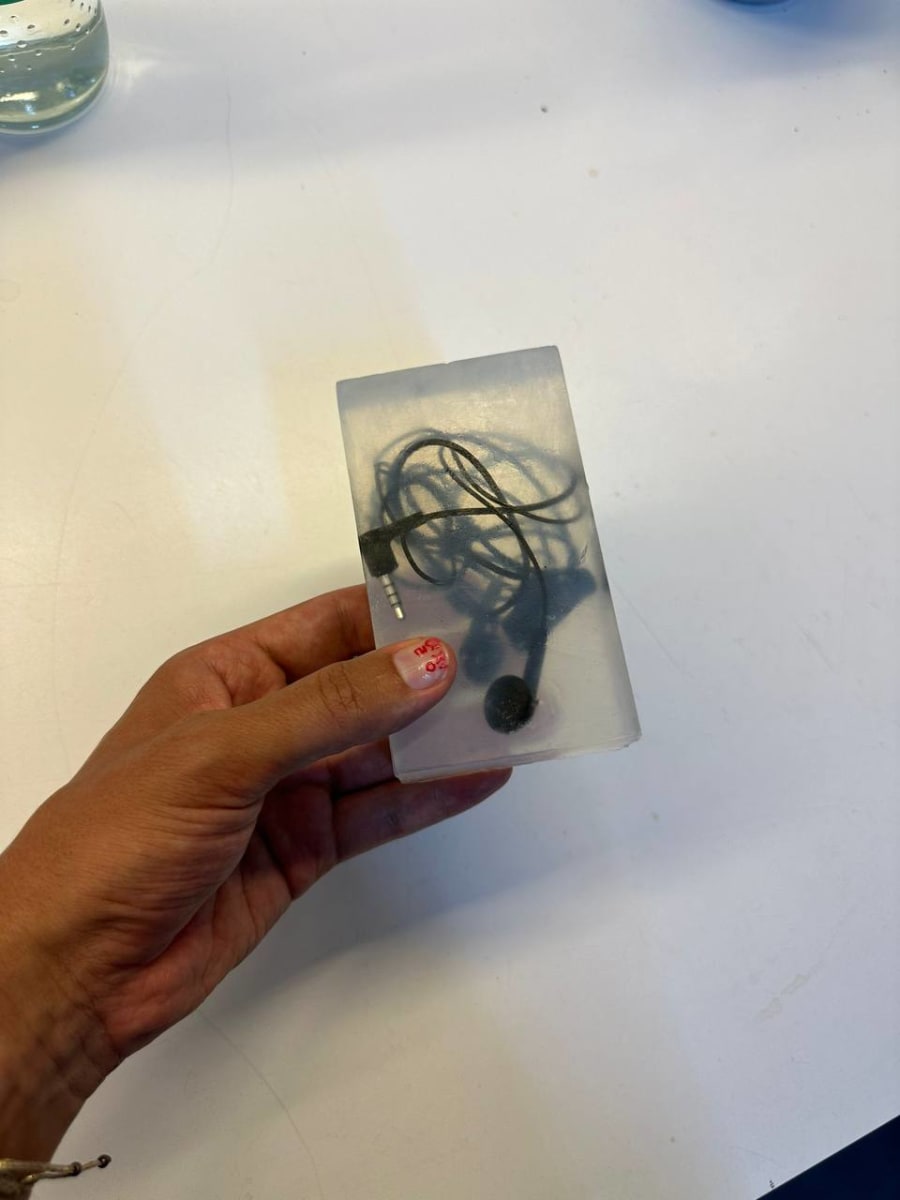
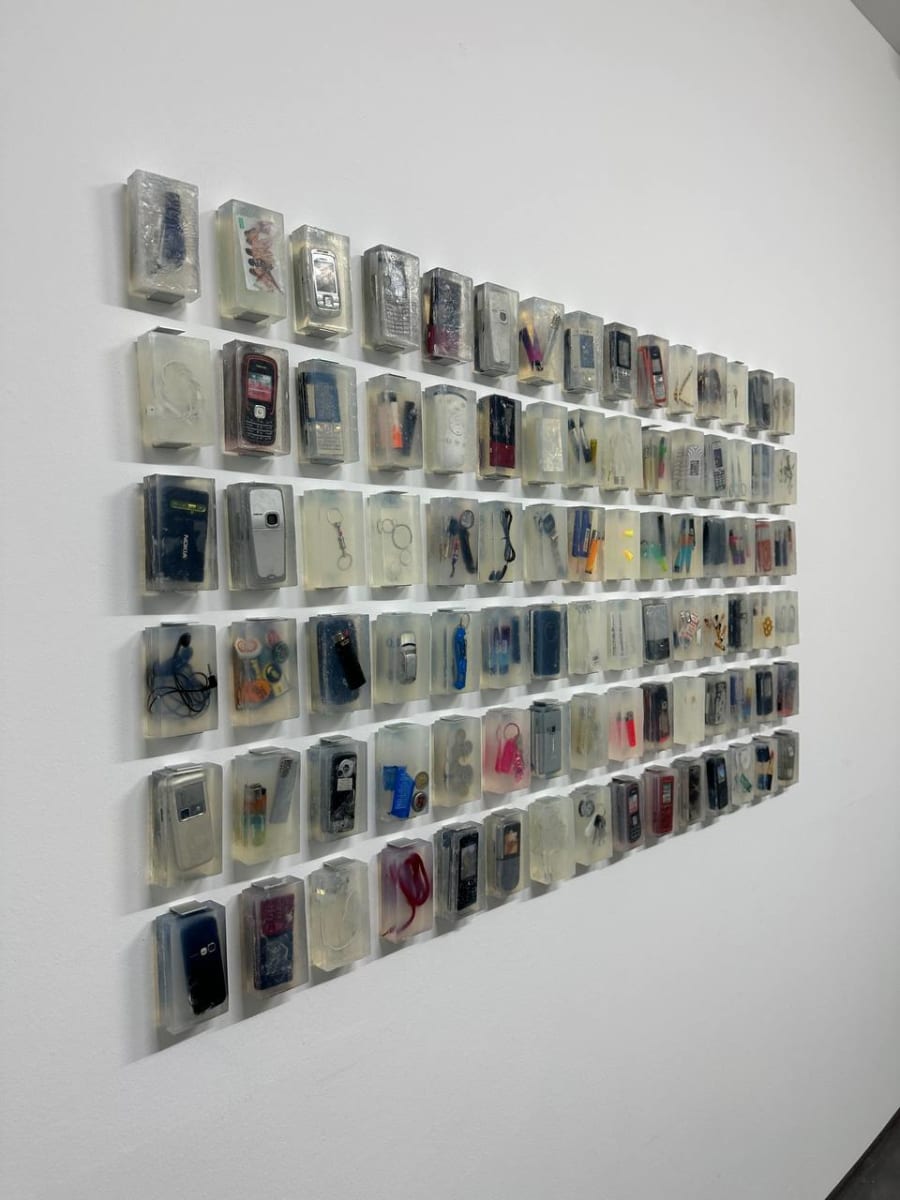
Here, Nuriev not only shows his personal recap, but also talks about consumption, creative power and childhood memories.
Harry, what do you see when you look in the mirror?
Myself. I feel like we live in a world of duality. For me, it’s a connection to the other side of what we have in our lives that doesn’t exist in physical space. It’s obviously not literal but more figurative.
Let’s talk about your exhibition “The Foam Room”, which featured a mirrored installation releasing large amounts of white foam. What was the idea behind it? Talk me through the creative process, the trial and error, the beauty of the unfinished.
I had this idea to talk about consumption, and foam was an immediate response to it. The subject is very sensitive and it was a spiritual process. This mirrored tissue box became a special object, which I turned into a big sculpture producing foam. It’s a symbol of a pure and clean environment. Foam is something so beautiful, it looks like a cloud, but at the same time, it’s melting down as quickly as it develops. I want to have conversations with people and see what they feel. This piece is no longer mine, it belongs to others, and I want to participate in this exchange of feelings.
What’s a memory that pops up in your mind when you think of foam?
I have two. The first one is obvious, when you took a bath as a child, you played with these beautiful foam sculptures. Another one is foam parties in Berlin as an adult. They are both about having fun, but it’s also the very intimate side of our lives when we feel comfortable in our bodies and happy to participate with other people. It’s about reunion and not thinking too much about reality and what’s happening outside the room.
It’s indeed a fascinating phenomenon with a fleeting nature, vanishing in a heartbeat…
That’s basically what marketing is: You look at something and put it in your life that you don’t necessarily need or don’t have to own. The emotion behind it can disappear as quickly as the desire to own things. It’s the whole idea of consumption, and that’s the reflection of it.
“Transformism” is one of these words connected to your work. How do you usually transform your ideas?
It always depends on the purpose and what’s the conversation. Sometimes I have some objects that I am inspired by, and I feel like I want to turn them into something else, but I usually wait for a special occasion. Transformism for me, is about repurposing. It has nothing to do with upcycling and recycling, it’s about trying to keep things that are already around you and finding a new purpose.
Combining and fusing art, design, architecture and fashion makes it difficult to categorise your work. It’s a mix of reality and imagination. Radical in its own way. What makes your work feel like you?
It’s easy because my work is not an extension of me, it’s not something that I produce. It’s actually me. I don’t define it as something else, so I don’t have to think about it twice.
10 years ago, you stood somewhere between the corner of Crosby and Mercer Street in NYC with a dream of changing the world for the better, coming up with Crosby Studios. Do you still remember what you felt back then?
I like this feeling of naive desire to change the world, which gives you unlimited energy and a sense of creative power–that you’re part of something big. It’s really moving. I remember that I just tried to figure out my things and lay out the whole future. A master plan. Defining myself. This internal process still lives in my heart. I’m still trying to do the same thing.
Back then, you said you met your two best friends, consistency and belief. What is it that you believe in?
I really believe in what I’m doing.

